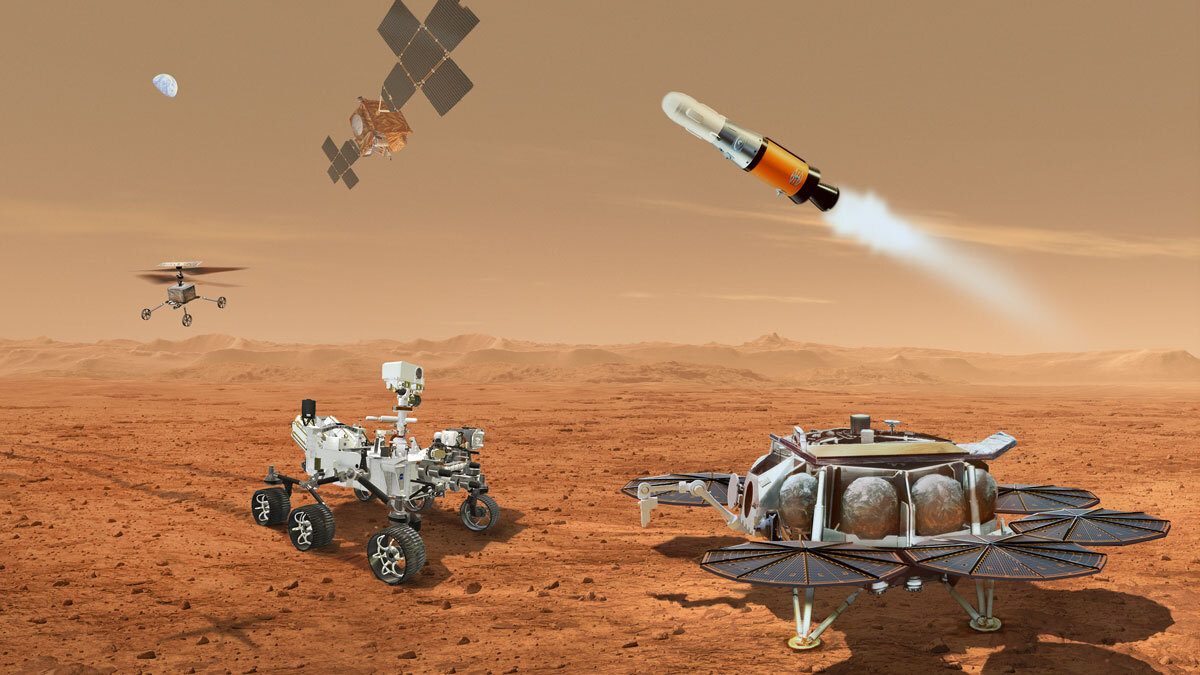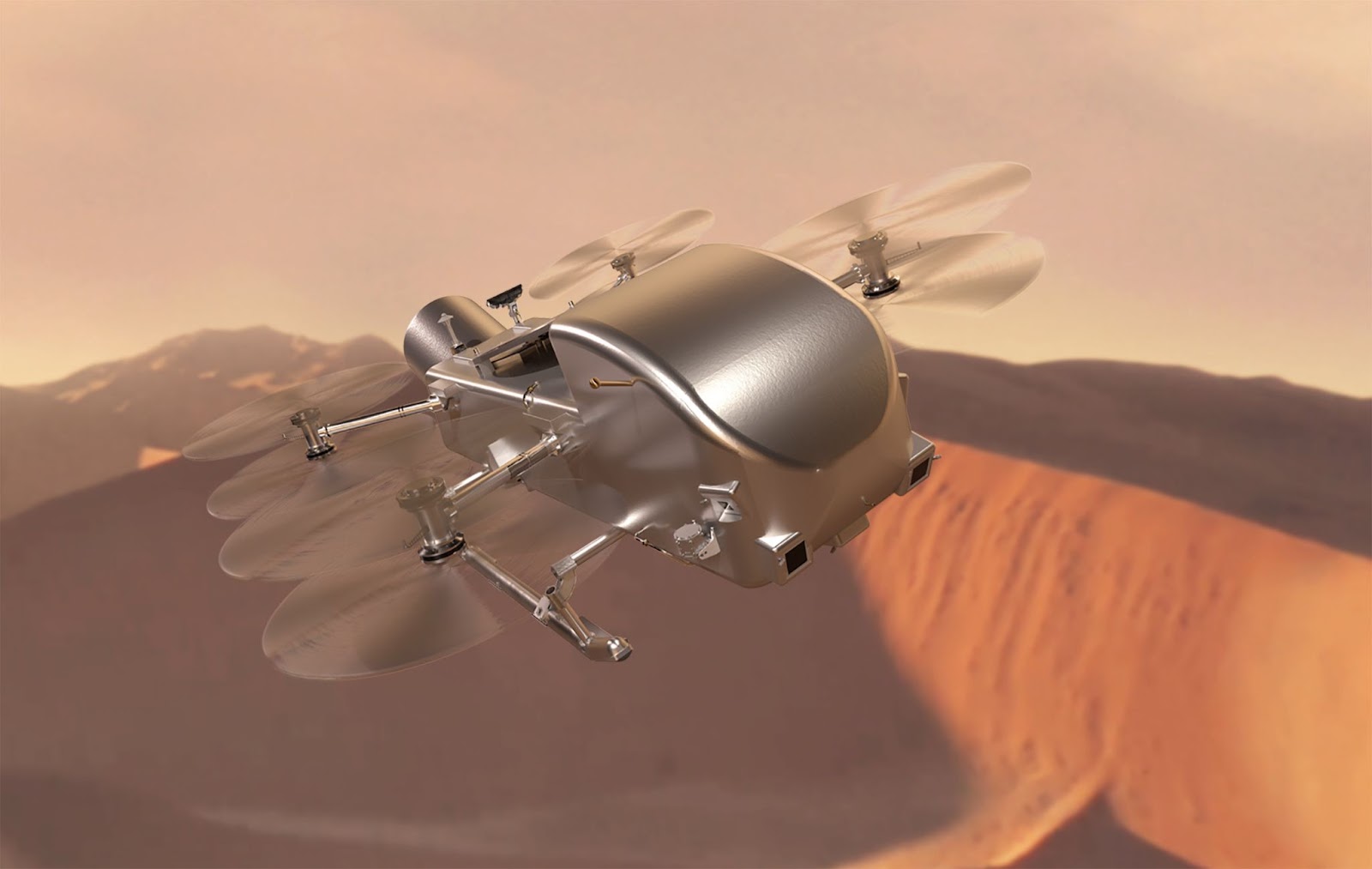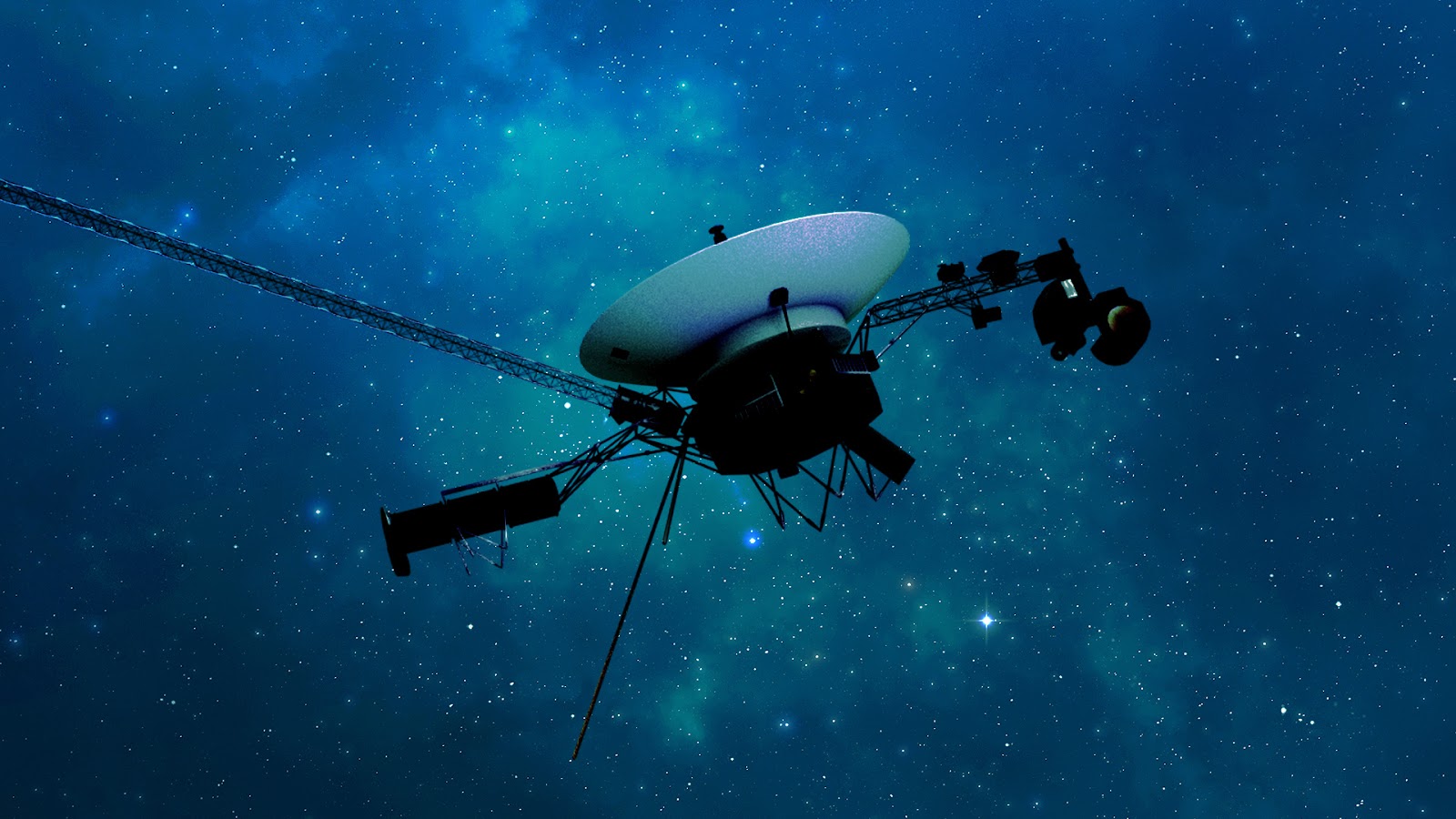This is T-Minus, where we count down the biggest developments in space, from new rocket launches to discoveries that advance our understanding of the universe and our place in it. Humanity is reaching new heights in space exploration. Make sure you’re part of the journey by subscribing here.

The most expensive rocks in the universe
In September 2021, NASA’s Perseverance rover started collecting samples of Mars rocks and leaving them at different locations on the Red Planet’s surface, the plan being that a future spacecraft would collect the samples and return them to Earth.
However, NASA’s Mars Sample Return mission has been in jeopardy ever since a September 2023 review determined that its schedule and budget were unrealistic: instead of the expected $5.3 billion, the mission was likely to cost up to $11 billion and still be delayed past the 2027-’28 target.
On April 15, NASA announced that it is seeking innovative ideas, from both inside NASA and outside companies, for redesigning the program to reduce cost and accelerate the schedule.
“Mars Sample Return will be one of the most complex missions NASA has ever undertaken,” said NASA Administrator Bill Nelson. “The bottom line is an $11 billion budget is too expensive, and a 2040 return date is too far away … We need to look outside the box to find a way ahead that is both affordable and returns samples in a reasonable timeframe.”


Dragonfly is a go
Saturn’s moon Titan is one of the most remarkable places in our solar system. Not only is it the only moon we know of with a substantial atmosphere, it’s also the only place besides Earth with liquid lakes, rivers, and seas on its surface.
Today, those bodies are made of hydrocarbons, like methane, but there’s evidence that Titan once had liquid water on its surface, and it currently has an ocean of water beneath a water ice crust.
On April 16, NASA confirmed a mission to send a rotorcraft, called Dragonfly, to Titan in July 2028. After reaching its destination in 2034, Dragonfly will visit dozens of locations, studying the moon’s chemistry.
Because scientists believe the kind of chemistry happening on Titan right now could be similar to what was happening on Earth when life first developed here, the mission has the potential to help explain the origin of life as we know it.


Voyager is back online
In 2012, NASA’s Voyager 1 became the first spacecraft to reach interstellar space — the area beyond our sun’s circle of influence — and for more than a decade, it transmitted valuable scientific data from beyond the solar system back to Earth.
Then, in November 2023, it stopped — NASA could tell the spacecraft was still working and receiving its commands, but the data it was sending back to Earth stopped making sense.
By March, NASA engineers had determined that the issue with the garbled data was one of the three computers onboard Voyager 1, and in April, they pinpointed the problem to a single chip that was involved in the computer’s memory.
To address the issue, NASA redirected data to be stored in other locations, and on April 20, they got confirmation that their fix had worked: for the first time in more than five months, Voyager 1 sent back a readable status update — meaning its mission will continue.
“In the minutes leading up to when we were going to see a signal, you could have heard a pin drop in the room … When the time came to get the signal, we could clearly see all of a sudden, boom, we had data, and there were tears and smiles and high fives,” Linda Spilker, Voyager mission project scientist, told Ars Technica.

We’d love to hear from you! If you have a comment about this article or if you have a tip for a future Freethink story, please email us at [email protected].





